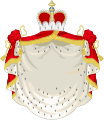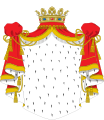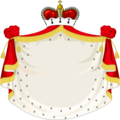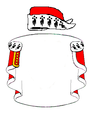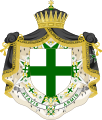.mw-parser-output .hidden-begin{box-sizing:border-box;width:100%;padding:5px;border:none;font-size:95%}.mw-parser-output .hidden-title{font-weight:bold;line-height:1.6;text-align:left}.mw-parser-output .hidden-content{text-align:left}You can help expand this article with text translated from the corresponding article in German. (September 2017) Click [show] for important translation instructions.
View a machine-translated version of the German article.
Machine translation, like DeepL or Google Translate, is a useful starting point for translations, but translators must revise errors as necessary and confirm that the translation is accurate, rather than simply copy-pasting machine-translated text into the English Wikipedia.
Consider adding a topic to this template: there are already 8,923 articles in the main category, and specifying|topic= will aid in categorization.
Do not translate text that appears unreliable or low-quality. If possible, verify the text with references provided in the foreign-language article.
You must provide copyright attribution in the edit summary accompanying your translation by providing an interlanguage link to the source of your translation. A model attribution edit summary is Content in this edit is translated from the existing German Wikipedia article at [[:de:Wappenmantel]]; see its history for attribution.
You should also add the template ((Translated|de|Wappenmantel)) to the talk page.
For more guidance, see Wikipedia:Translation.
You can help expand this article with text translated from the corresponding article in Dutch. (September 2017) Click [show] for important translation instructions.
View a machine-translated version of the Dutch article.
Machine translation, like DeepL or Google Translate, is a useful starting point for translations, but translators must revise errors as necessary and confirm that the translation is accurate, rather than simply copy-pasting machine-translated text into the English Wikipedia.
Consider adding a topic to this template: there are already 333 articles in the main category, and specifying|topic= will aid in categorization.
Do not translate text that appears unreliable or low-quality. If possible, verify the text with references provided in the foreign-language article.
You must provide copyright attribution in the edit summary accompanying your translation by providing an interlanguage link to the source of your translation. A model attribution edit summary is Content in this edit is translated from the existing Dutch Wikipedia article at [[:nl:Wapentent]]; see its history for attribution.
You should also add the template ((Translated|nl|Wapentent)) to the talk page.
For more guidance, see Wikipedia:Translation.
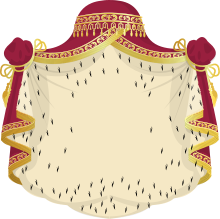
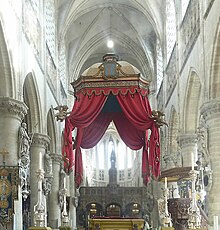
In heraldry, a mantle is a symbol of sovereign power and is generally reserved for royalty. In some cases, its use has also been granted to other nobles, in recognition of particular merits. In ordinary rendering, the mantle is usually crimson and lined with ermine.
Certain coats of arms may also display a pavilion (similar to a baldachin) surmounting the mantle. The pavilion is said to be the invention of the Frenchman Philip Moreau.[1]
While common in continental European heraldry, the mantle and pavilion is absent in English and Scottish heraldry.[2]
Mantle and pavilion should not be mixed with Mantling.



